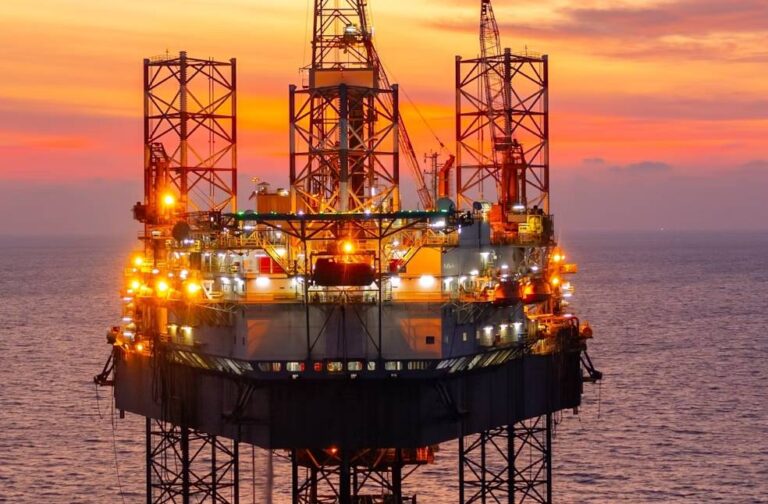London: The International Energy Agency (IEA) has projected that world oil demand will continue to expand through the end of this decade, even as China — the top oil importer — has seen its consumption peak forecast for 2027. This growth trend comes as lower gasoline prices and a slower-than-expected shift to electric vehicles in the United States have supported ongoing demand.
According to the IEA’s annual outlook, world oil demand is expected to hit a high of 105.6 million barrels per day (bpd) by 2029 before easing slightly in 2030. Meanwhile, global production capacity has been projected to increase by over 5 million bpd to reach 114.7 million bpd by 2030, signaling that supplies should stay sufficient if major disruptions are avoided.
The world oil demand forecast contrasts with the Organization of the Petroleum Exporting Countries (OPEC), which maintains that consumption will continue to grow and has not indicated any peak in sight.

China’s role in driving world oil demand has shifted as the country tackles economic challenges and accelerates electric vehicle use alongside other clean transport options. The IEA has highlighted that China’s oil usage in 2030 will be only slightly higher than this year, a notable adjustment from the stronger growth previously expected.
In comparison, the United States has seen its 2030 oil demand projection rise by 1.1 million bpd over earlier estimates. This is partly due to cheaper fuel costs and a slower pace of electric car adoption, with EVs now predicted to account for just 20 per cent of American car sales by 2030.
Despite tensions in the Middle East affecting oil prices, the IEA has indicated that world oil demand should be well balanced with ample supply through the decade.



